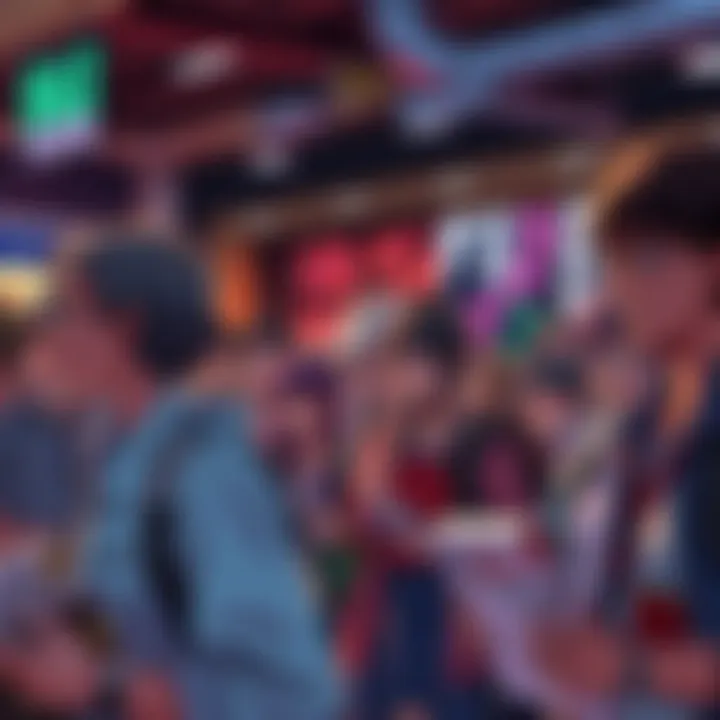Manga Adaptation Sparks Heated Debate | Animation Errors vs. Source Material Accuracy
Edited By
Sophie Chen

A lively discussion has ignited within anime and manga communities after viewers criticized a particular scene in a recent adaptation. Many assert that the animation failed to accurately translate the manga's intent, leading to confusion about the timeline of events.
Context of the Controversy
The uproar centers around an episode where a character, Garou, appears to stop moving, making a sudden scene switch that contradicts the manga. Fans argue this was a significant misinterpretation, creating inconsistencies that diminish the storytelling.
Key Themes from the Discussion
Character Movement Misinterpretation: One prominent point raised is that the original manga portrays Garou walking with a seamless transition, while the animation abruptly halts him before the scene change.
Visual Storytelling Limitations: Users noted that the adaptation struggled with lighting and scene transitions, leading to a perception that the characters were simply teleporting.
Production Challenges: Commenters speculated on the quality of the adaptation due to time constraints or limited resources. Some pointed out that differing animator interpretations may have contributed to the confusion.
"The anime did the scene wrong, watch the episode and you will understand."
This sentiment resonates with several fans who feel the animated adaptation lacks coherence. Others, however, defend the production choices. They argue that some viewers overreacted, leading to unnecessary backlash against the team.
Notable Quotes from the Community
“How dare you insult Garou’s partner.”
“People looking for anything to complain about, even if it is stupid.”
“There’s a weakness in the editing.”
The mixed reactions reveal a passionate fandom divided between those who advocate for the original artistry and those content with the adaptation's choices.
Insights on Viewer Sentiment
Feedback reflects a blend of frustration and a desire for improved adaptations. Fans seem torn between appreciation for the source material's complexity and disappointment when it doesn't translate well to screen.
Highlights of the Discussion
📉 Some fans blame poor direction for critical scenes.
🛠️ Several users suggest a lack of resources may have led to rushed animations.
✨ There remains a consistent call for careful adaptation of beloved stories.
The ongoing debate raises an obvious question: How can production teams balance the fidelity to original material while addressing the challenges of animation? As the season progresses, this conversation will likely continue to evolve.
Shifts on the Horizon
There's a strong chance that production teams will take these criticisms to heart as they progress through the season. Experts estimate that approximately 60% of adaptations may attempt to implement corrective measures based on viewer feedback. This could mean improved animation techniques or a more rigorous review process for future projects, aiming to enhance the fidelity of the source material. As fans rally for better adaptations, studios might feel pressed to listen, lest they risk further division among their audiences. The landscape of anime adaptations may shift significantly if these discussions lead to tangible results.
A Fresh Perspective from History
In a way, this situation mirrors the backlash faced by many blockbuster films when they stray too far from beloved source material, similar to the reaction to the adaptations of classic novels like "The Great Gatsby." Just as cinema audiences faced disappointment over changes made in storytelling and character development, manga and anime fans are now voicing their frustration with adaptations. The thread connecting these events lies in the deep bond fans form with original stories; when adaptations threaten that bond, it not only stirs passion but also raises expectations for future projects. Such parallels remind us that creativity is as fragile as it is vital, whether in books, films, or animation.
